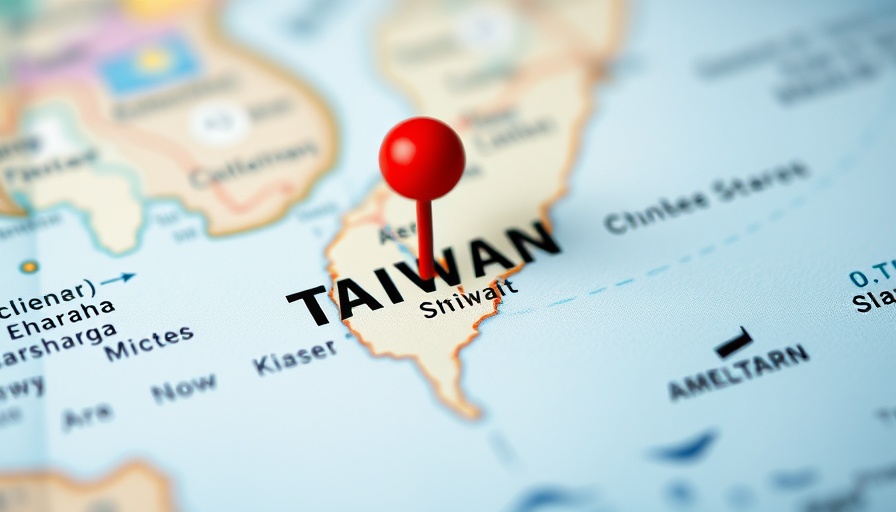
Understanding the $250 Billion EU-U.S. Energy Deal
Just recently, the European Union (EU) made headlines with its ambitious commitment to purchase $250 billion worth of U.S. energy supplies on a yearly basis. But the question remains: is this proposal realistic given current global energy dynamics? Analysts are casting doubts, noting significant challenges that lie ahead. As reported, the EU's plan entails scaling up imports of U.S. oil, liquefied natural gas (LNG), and nuclear technology significantly over the next three years, despite obstacles that may compromise its feasibility.
The Market Reality: Beyond What’s Currently Possible
In the broader context of U.S. energy exports, total figures reached $318 billion last year. Out of this, only $76 billion came from sales to the EU. Arturo Regalado, a senior LNG analyst, argues that achieving the EU's target demands a drastic shift in energy flows, noting it could endanger domestic supplies and disrupt market equilibrium.
The Competition for U.S. Energy: Global Stakes
Interestingly, the EU is not altering these energy dynamics in a vacuum. As countries like Japan announce plans to expand their U.S. energy imports, the stakes rise for U.S. energy producers. With South Korea showing interest in Alaska's LNG resources as well, there's a real possibility that rising demand might inflate prices further, complicating the situation for Europe.
Commercial and Infrastructure Challenges Ahead
EU officials assert that the projected $250 billion figure reflects solid groundwork and a sensible estimate of what can be absorbed by the market, contingent upon necessary investments in U.S. production and European import facilities. However, as experts point out, the European Commission lacks the authority to enforce energy purchases, relying heavily on private companies for implementation. This leaves room for skepticism about the projected trade path.
U.S. Capacity Constraints on Supply Expansion
Currently, the U.S. stands as Europe’s top LNG supplier, meeting 44% of its demand. Yet, analysts like Jacob Mandel from Aurora Energy Research suggest that achieving the kind of rapid supply increase necessary to meet the EU’s aspirations is far-fetched. Existing infrastructural limitations mean that even with aggressive expansions planned, the $250 billion target remains elusive.
The Contrast: Russian Energy Influence vs. Increasing U.S. Imports
The context of the EU’s commitment is deeply intertwined with its efforts to reduce dependency on Russian energy supplies. However, as demand in Europe continues to fluctuate, significantly raising energy imports from the U.S. may present challenges that compromise the very goals of energy independence sought by EU policymakers.
Conclusion: Navigating Uncertain Waters
In summary, while the EU's draft of a potential energy deal with the U.S. signals a strategic pivot toward alternative energy sources, the cold reality of market conditions suggests that realizing this ambitious plan is fraught with obstacles. Both political leaders and industry stakeholders will need to navigate these challenges carefully to achieve a stable and sustainable energy partnership. Keep an eye on how this situation evolves, as it has the potential to reshape the energy landscape significantly.
 Add Row
Add Row  Add
Add 




Write A Comment